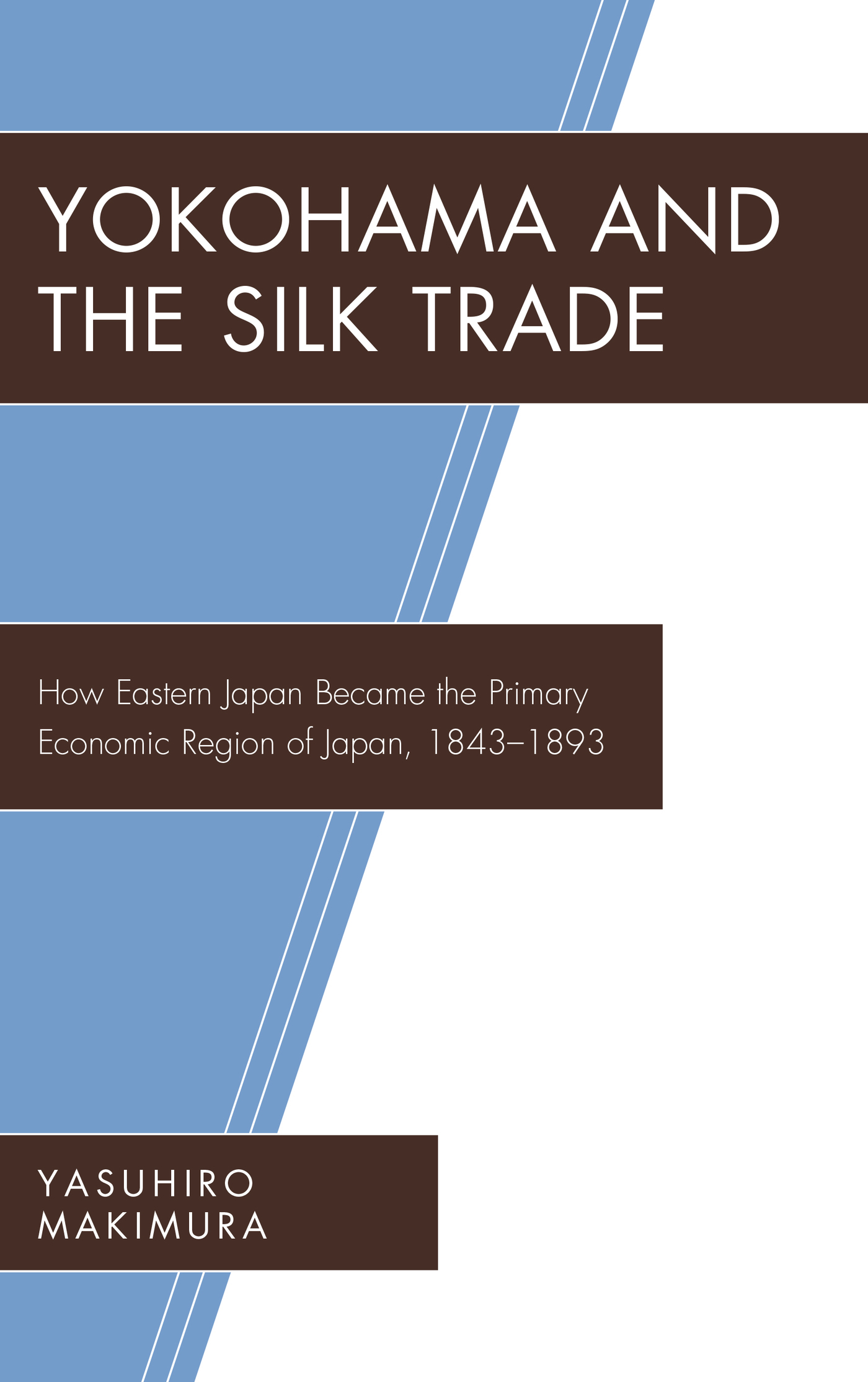Yokohama and the Silk Trade
New Studies in Modern Japan
Series Editors: Doug Slaymaker and William M. Tsutsui
New Studies in Modern Japan is a multidisciplinary series that consists primarily of original studies on a broad spectrum of topics dealing with Japan since the mid-nineteenth century. Additionally, the series aims to bring back into print classic works that shed new light on contemporary Japan. The series speaks to cultural studies (literature, translations, film), history, and social sciences audi-ences. We publish compelling works of scholarship, by both established and rising scholars in the field, on a broad arena of topics, in order to nuance our understandings of Japan and the Japanese.
Advisory Board
Michael Bourdaghs, University of Chicago
Rebecca Copeland, Washington University in St. Louis
Aaron Gerow, Yale University
Yoshikuni Igarashi, Vanderbilt University
Koichi Iwabuchi, Monash University
T. J. Pempel, University of California, Berkeley
Julia Adeney Thomas, University of Notre Dame
Dennis Washburn, Dartmouth College
Merry White, Boston University
Recent Titles in the Series
Japans Multilayered Democracy, edited by Sigal Ben-Rafael Galanti, Nissim Otmazgin, and Alon Levkowitz
Resilient Borders and Cultural Diversity: Internationalism, Brand Nationalism, and Multiculturalism in Japan, by Koichi Iwabuchi
Traveling Texts and the Work of Afro-Japanese Cultural Production: Two Haiku and a Microphone, edited by William H. Bridges and Nina Cornyetz
Japan Viewed from Interdisciplinary Perspectives: History and Prospects, edited by Yoneyuki Sugita
Single Mothers in Contemporary Japan: Motherhood, Class, and Reproductive Practice, by Aya Ezawa
Creating Japan's Ground Self-Defense Force, 19452015: A Sword Well Made, by David Hunter-Chester
Rethinking Japan: The Politics of Contested Nationalism, by Arthur Stockwin and Kweku Ampiah
The Politics and Literature Debate in Postwar Japanese Criticism: 194552, edited by Atsuko Ueda, Michael K. Bourdaghs, Richi Sakakibara, and Hirokazu Toeda
Yokohama and the Silk Trade: How Eastern Japan Became the Primary Economic Region of Japan, 18431893, by Yasuhiro Makimura
Yokohama and the Silk Trade
How Eastern Japan Became the Primary Economic Region of Japan, 18431893
Yasuhiro Makimura
LEXINGTON BOOKS
Lanham Boulder New York London
Published by Lexington Books
An imprint of The Rowman & Littlefield Publishing Group, Inc.
4501 Forbes Boulevard, Suite 200, Lanham, Maryland 20706
www.rowman.com
Unit A, Whitacre Mews, 26-34 Stannary Street, London SE11 4AB
Copyright 2017 by Lexington Books
Studies of the Weatherhead East Asian Institute, Columbia University
The Studies of the Weatherhead East Asian Institute of Columbia University were inaugurated in 1962 to bring to a wider public the results of significant new research on modern and contemporary East Asia. http://www.columbia.edu/cu/weai/weatherhead-studies.html
All rights reserved. No part of this book may be reproduced in any form or by any electronic or mechanical means, including information storage and retrieval systems, without written permission from the publisher, except by a reviewer who may quote passages in a review.
British Library Cataloguing in Publication Information Available
Library of Congress Cataloging-in-Publication Data
Names: Makimura, Yasuhiro, 1971- author.
Title: Yokohama and the silk trade : how Eastern Japan became the primary economic region of Japan, 18431893 / Yasuhiro Makimura.
Description: Lanham, MD : Lexington Books, 2017] | Series: New studies in modern Japan | Includes bibliographical references and index.
Identifiers: LCCN 2017023874 (print) | LCCN 2017007450 (ebook) | ISBN 9781498555609 (electronic) | ISBN 9781498555593 (cloth : alk. paper)
Subjects: LCSH: JapanCommerceHistory19th century. | Silk industryJapanYokohama-shiHistory19th century. | JapanEconomic conditions16001868. | JapanEconomic conditions18681918.
Classification: LCC HF3826 (print) | LCC HF3826 .M27 2017 (ebook) | DDC 330.952/031dc23
LC record available at https://lccn.loc.gov/2017023874
 TM The paper used in this publication meets the minimum requirements of American National Standard for Information Sciences Permanence of Paper for Printed Library Materials, ANSI/NISO Z39.48-1992.
TM The paper used in this publication meets the minimum requirements of American National Standard for Information Sciences Permanence of Paper for Printed Library Materials, ANSI/NISO Z39.48-1992.
Printed in the United States of America
Preface
This book is a history of the connections that the silk trade fostered. It explains how and why silk products were sent from the interior of eastern Japan to Yokohama and then shipped from Yokohama to the West in the nineteenth century. For much of the early modern period, the shogun tightly restricted trade with the outside world. However, in the nineteenth century a total of five ports were opened to international trade, and Japanese trade suddenly exploded. Chief among the products traded was raw silk. This book explains the impact this trade had on the Japanese economy.
In this preface, I explain how I came to this topic. I first started the research for this book because I was attracted to the modern, almost futuristic, aspects of Yokohama, Japan. The Minatomirai (future port) district with its tower, skyscrapers, and hotels, the latest stores in its shopping mall, the Yokohama Bay Bridge, and the beautiful view of the city at night were all seductive. Yokohamas international aspectwith Japans largest Chinatown and the former Western quarters at Yamatewas also alluring. It was easy to choose this modern and exotic city as the focus of my research.
Once I began to learn about the city, Yokohama continued to enthrall me. Unlike many other cities in Japan, it is a new city founded in 1859 with little to remind visitors of Japans feudal past. It was also one of the five ports that allowed trade between Japan and the outside world in the nineteenth century. It was a city that suffered tremendously in the Great Kant Earthquake of 1923 and then recovered to become a major industrial city. Yokohama also burned during the fire bombings of World War II but then emerged after the war greater than before. In this postwar era Yokohama continued to transform itself from a port city to an industrial city and then to a suburban city. By 1978 Yokohama surpassed Osaka to become Japans second most populous city. With its strong Western influences and my personal background as a Japanese person growing up in the United States, writing the social history of this remarkable city seemed to be the obvious thing to do.
However, as I continued to study the history of the city of Yokohama, its economic history became an obsession. Yokohama was the center of the silk trade for Japan. From this city, various silk products were shipped to the West, and this trade helped Japan earn valuable foreign currency. In fact, raw silk was Japans number one export until the start of World War II, and it was crucial in financing Japans early industrialization. Slowly the focus of my research changed from the social history of Yokohama to the various aspects of the silk trade in Yokohama. As the research interest changed, new sites and new sources emerged that needed to be examined. Thankfully the Yokohama kaik shirykan (Yokohama Archives of History), the Yokohama Silk Center, and other libraries in Yokohama had plenty of material. Sources on the merchants who helped to gather the silk products at Yokohama and made the port city a thriving center of trade were particularly plentiful and, I must confess, enjoyable to recount.

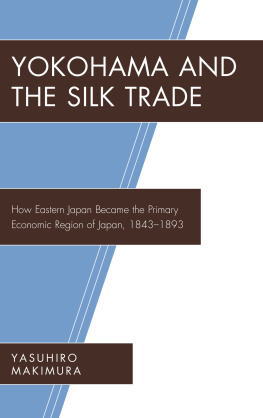


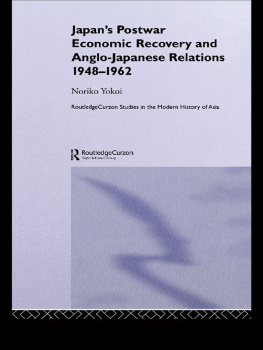
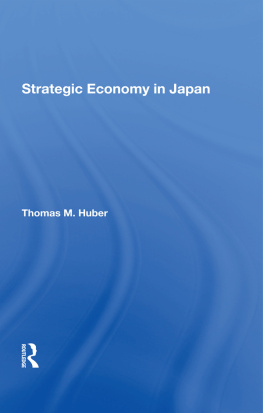
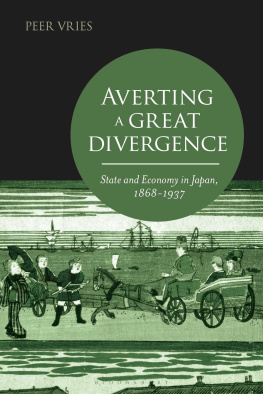
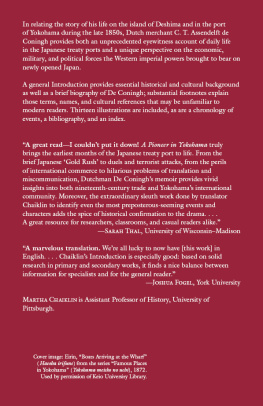
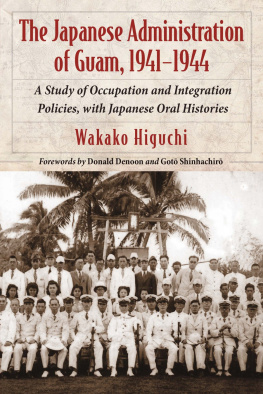
 TM The paper used in this publication meets the minimum requirements of American National Standard for Information Sciences Permanence of Paper for Printed Library Materials, ANSI/NISO Z39.48-1992.
TM The paper used in this publication meets the minimum requirements of American National Standard for Information Sciences Permanence of Paper for Printed Library Materials, ANSI/NISO Z39.48-1992.